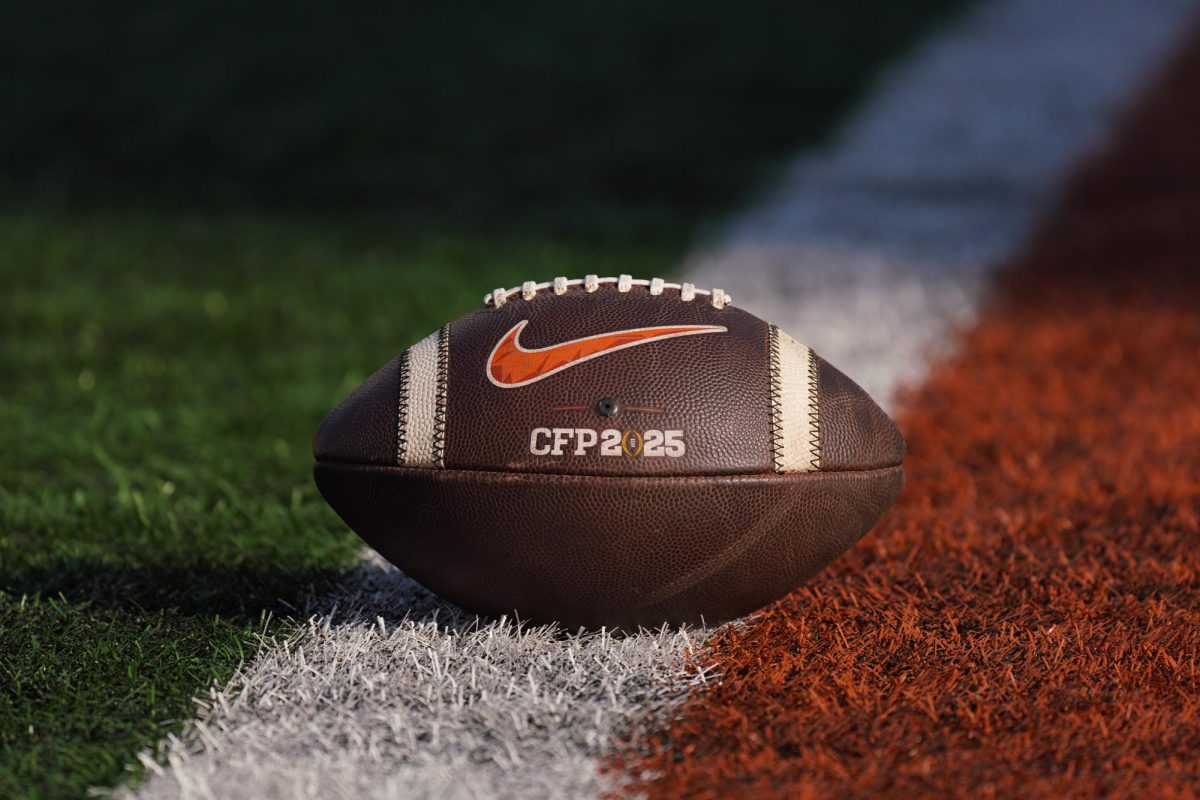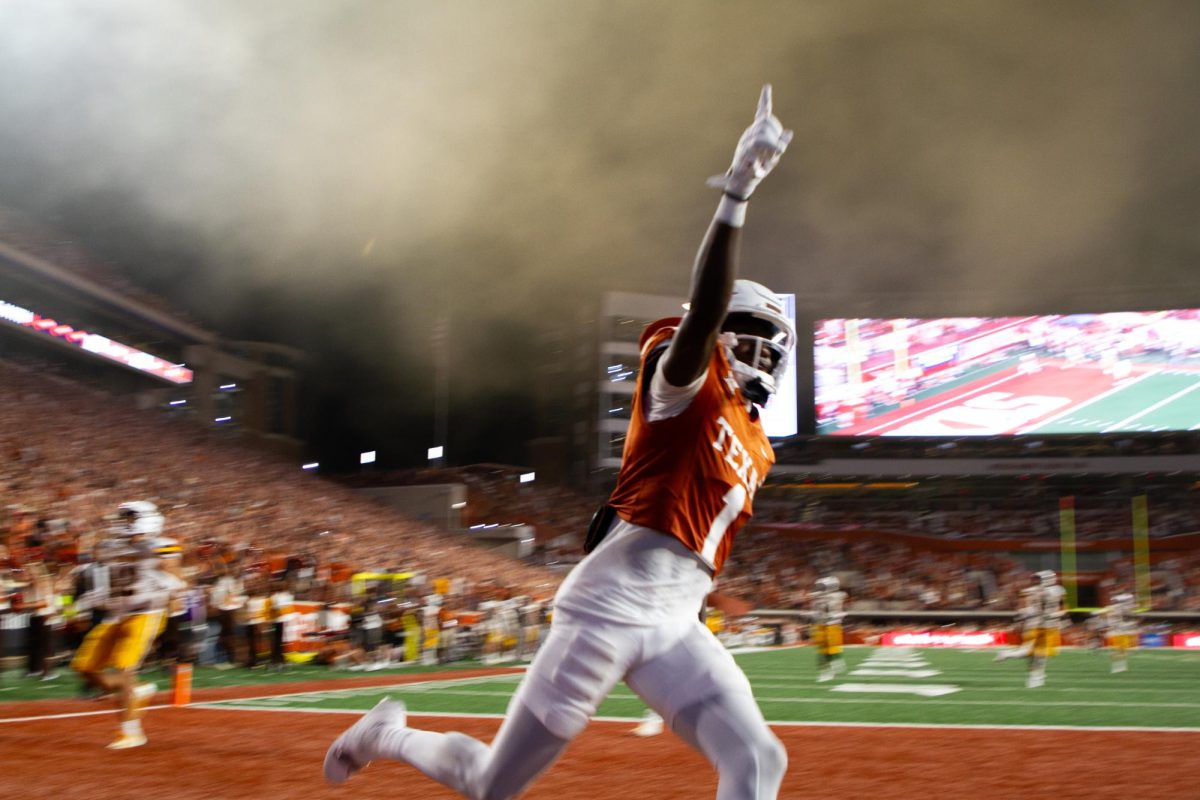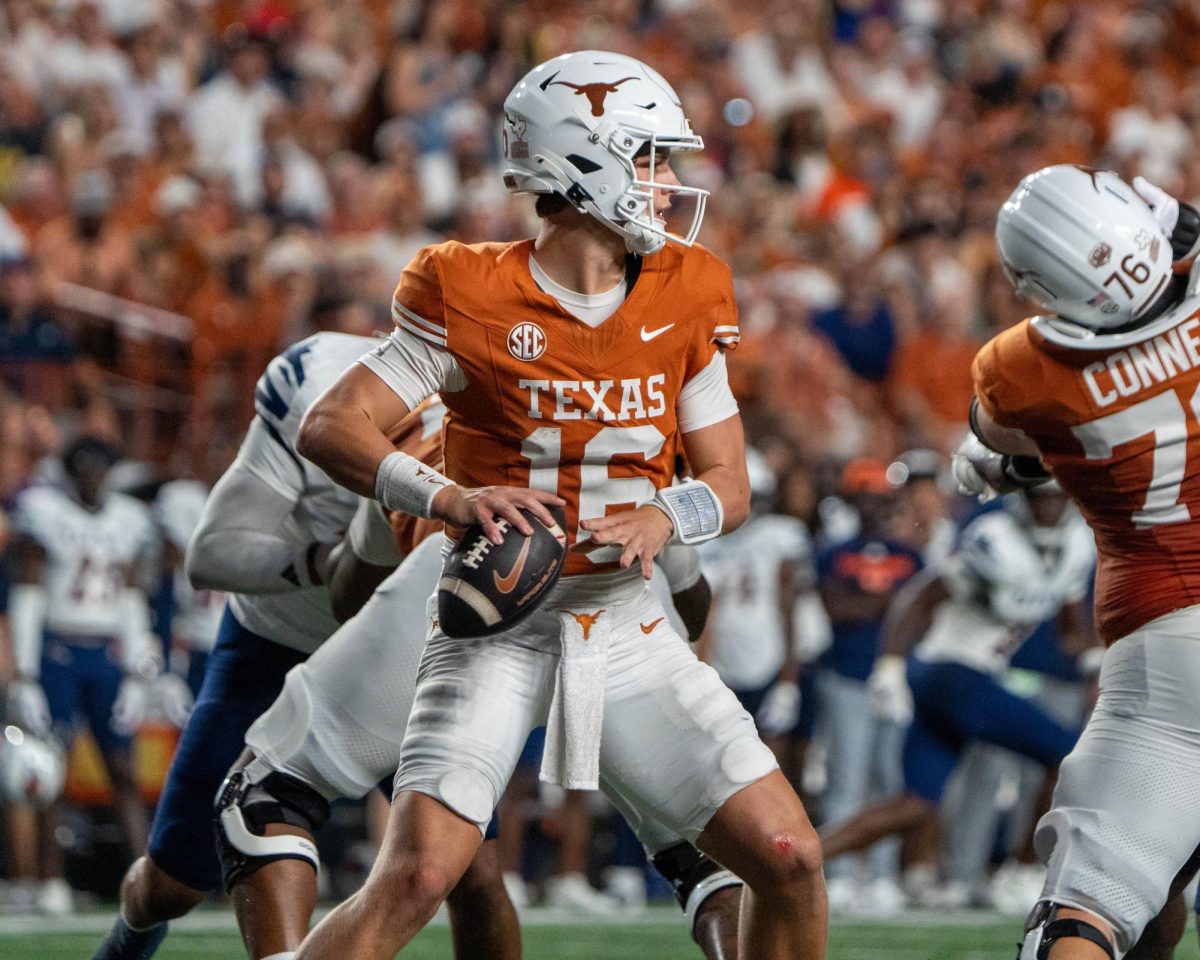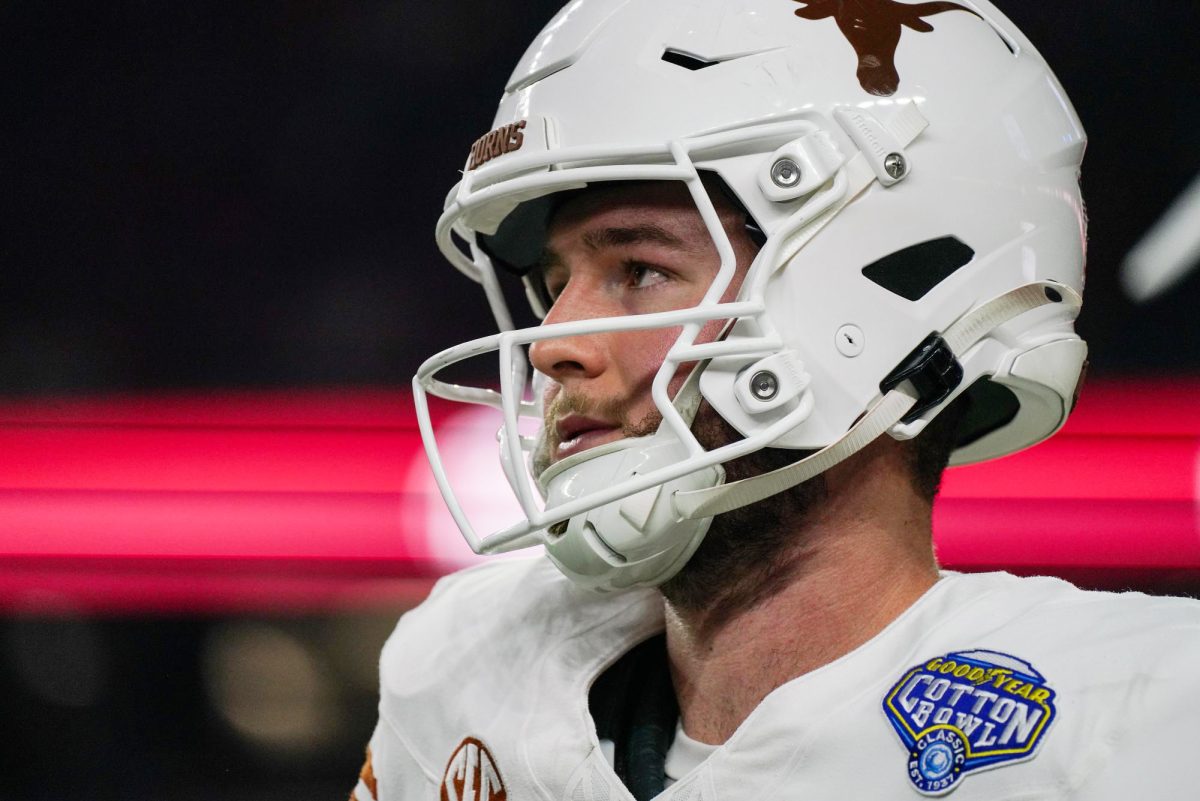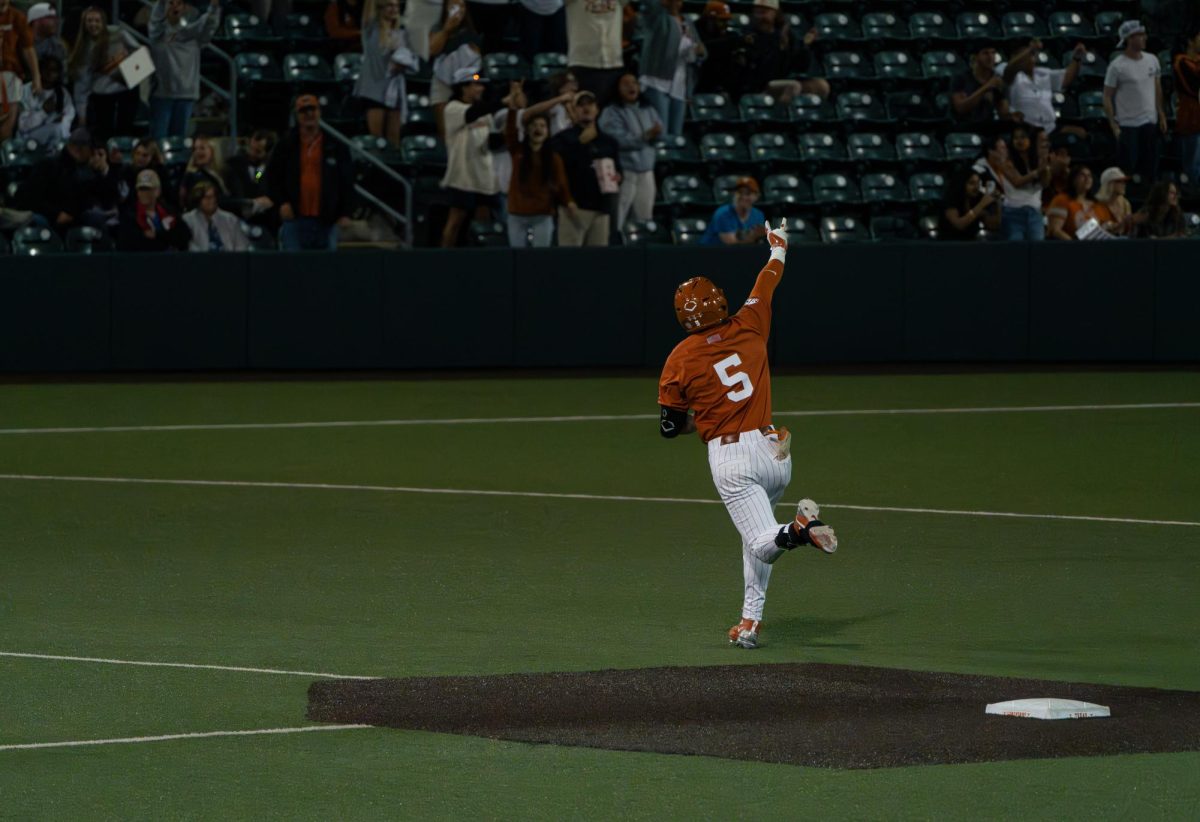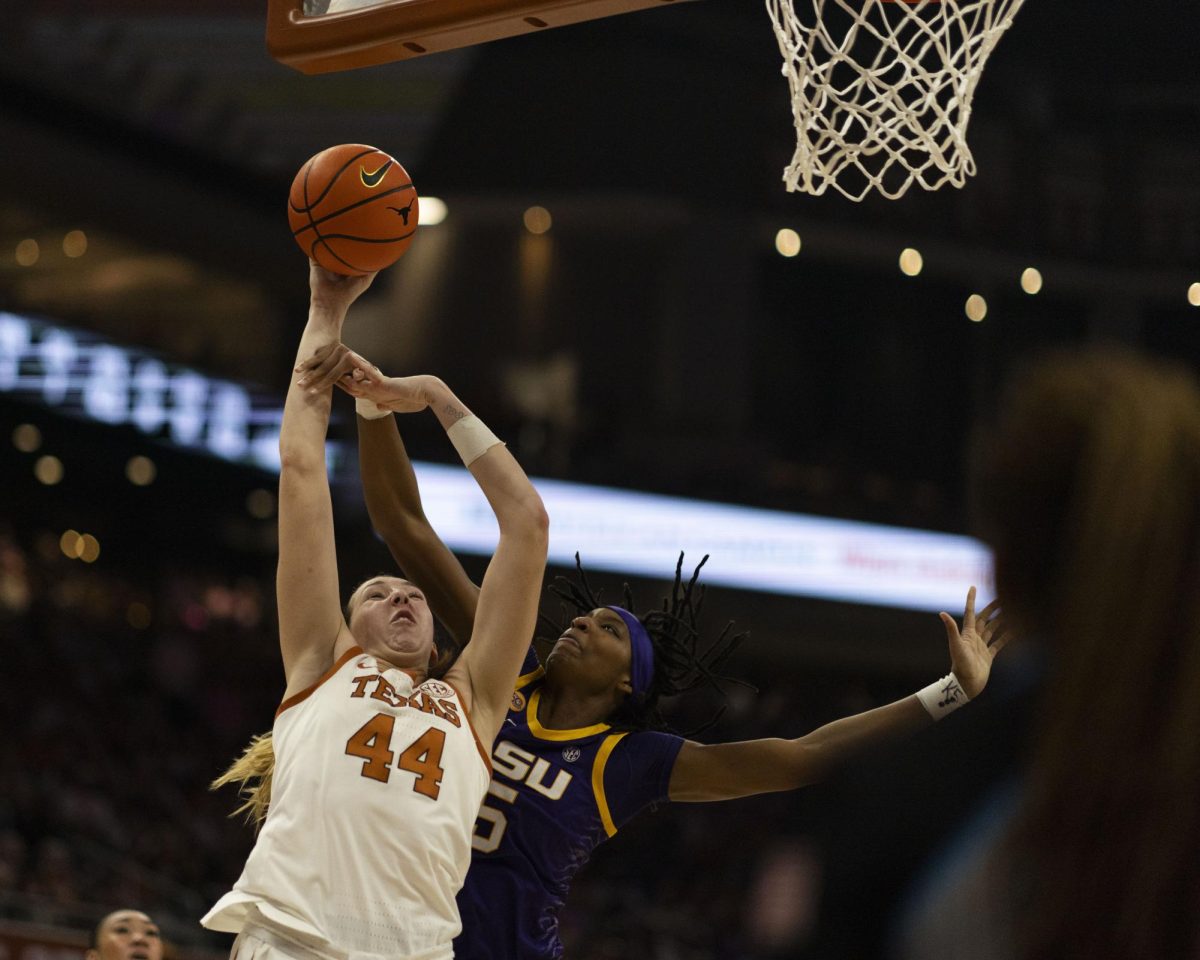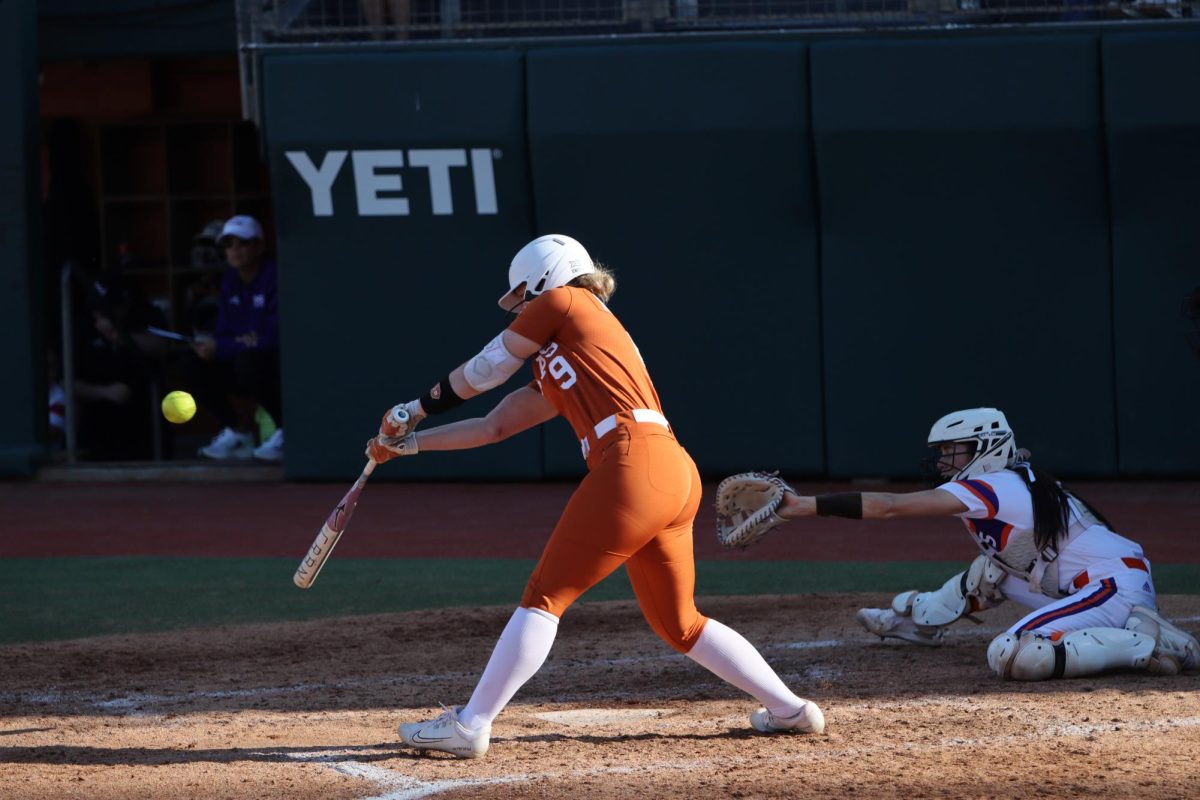As it is with any doomed relationship, the ending of the Big 12 has been rocky, beginning with last summer’s disbanding and the culmination of ill will between schools staying and schools leaving. There are some fond moments to look back upon, sure, but both sides are better off with this breakup.
It all began with a bang in 1996, when Texas took down Nebraska in the inaugural Big 12 Championship.
Throughout the years, that story line would repeat itself: the Longhorns snapped the Huskers’ winning streak in Lincoln in 1998, climbed out with a 3-point win in 2002, won in dramatic and controversial fashion in 2009, and turned in one last win — one of five that year — in Lincoln in 2010.
Against Colorado over all the years, in all sports, there are two games that stick out.
In 2001, the two played in Dallas for the Big 12 Championship. A Texas win would mean a date with Miami in the Orange Bowl for the National Championship. I was there as the Longhorns won 41-7 earlier that season in Austin, and brought my ticket stub to the game-watching party for good luck.
As Chris Simms threw interception after interception after interception and Colorado’s lead over Texas grew wider and wider, I frantically rubbed my talisman, hoping to draw some good fortune.
By the end of the night, a 39-37 loss, that ticket stub was torn to shreds.
But of course four years later, Texas pasted the Buffaloes 70-3 on its way to a national championship.
Not too much will be missed though from the departure of Colorado and Nebraska. The volleyball rivalry between Nebraska and Texas was a good one, as the two schools fought each year for best in the conference. Your granddad should miss the Oklahoma-Nebraska rivalry in football and local media will miss trips to scenic Boulder and a cool football environment in Lincoln. In terms of lamenting the loss of these two schools, that’s about it.
Revenue sharing within the conference was easier once Nebraska decided to go. Big 12 Commissioner Dan Beebe said that when it was in the conference, the school officials “were the most adamant” in opposition of changing bylaws.
And now with two less schools, the conference can ditch the round-robin scheduling format and all 10 schools can face off every year in football, and twice a year in basketball.
You can say goodbye to that awful conference championship game as well. It was generally low on excitement — save for a few Texas-Nebraska matches — and hardly ever beneficial to the better team. No longer will superior Big 12 South teams have to risk a championship season to an inferior team; no longer will the Big 12 have to risk losing a national championship appearance because Kansas State could upset Oklahoma (2003).
The loss of Nebraska waters down some of the football competition, but not too much. The last time the Huskers won a conference championship in football was in 1999, anyway.
As for basketball, as long as Kansas and its juggernaut hoops team remains in the Big 12, the conference will always be a prestigious one.
One last thing: The relationship between Texas and Nebraska had gotten downright ugly. At a sports bar last week in Omaha, I was called “devil worshipper” by a group of Cornhuskers upon mentioning that I attended UT. At the College World Series, the Longhorns were booed viciously by the Nebraskans. That’s what so many years of animosity will do to you.
It will be weird not to see the Cornhuskers or Buffaloes on Texas’ future docket, as there have been a handful of memorable battles with each school. But, given the circumstances, it’s best for each side to go their own separate ways.

